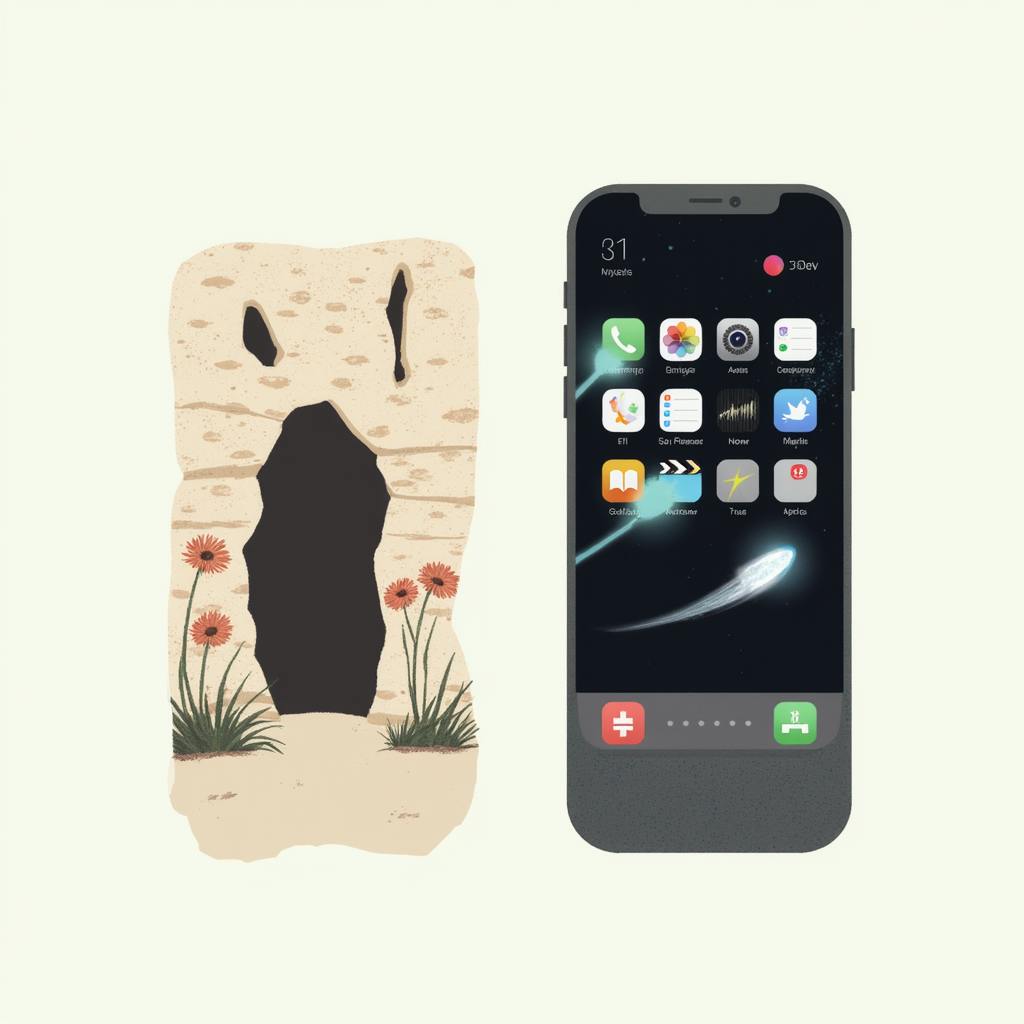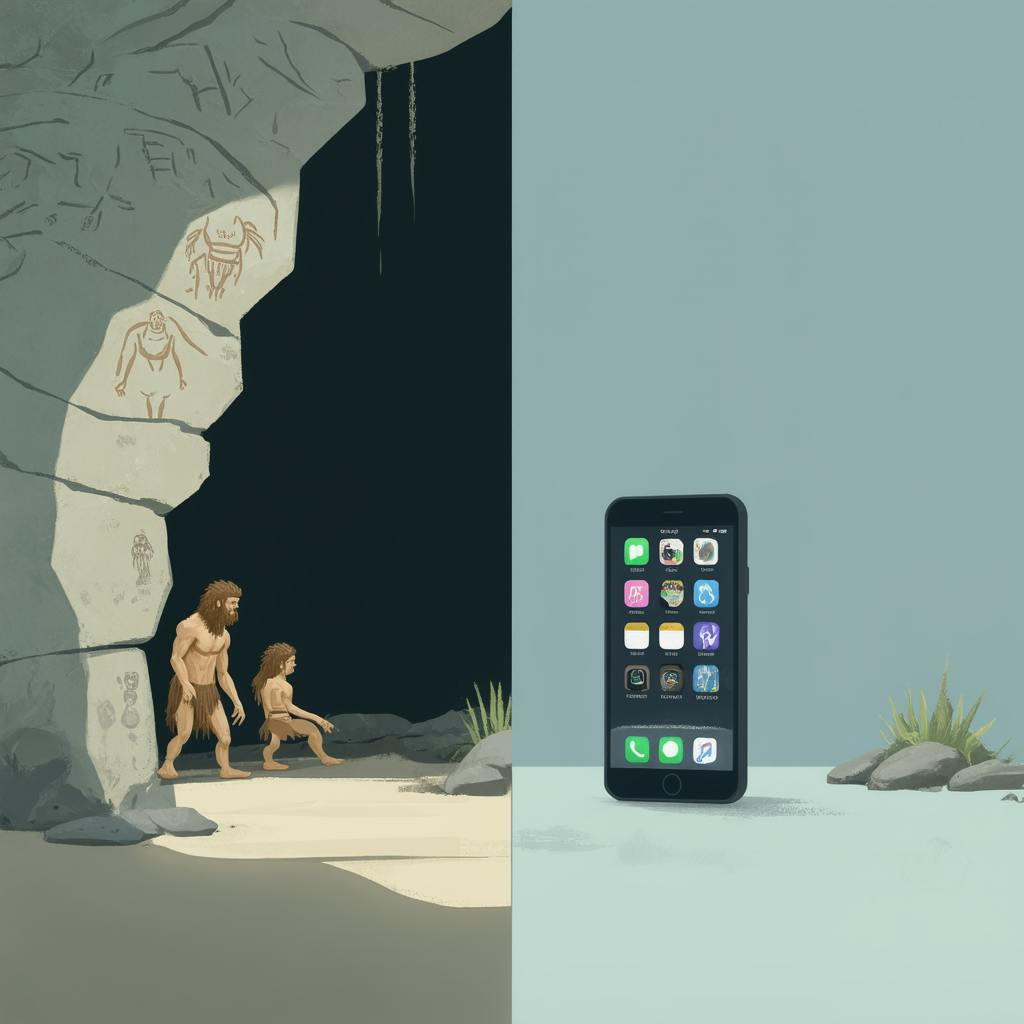The evolution of iconography is an indelible part of human expression, bridging the sacred and the secular in art and culture. Understanding 'iconography history' provides us with insights into how societies have communicated complex ideas, values, and narratives through visual symbolism over centuries. As art historians, exploring the trajectory of iconography offers profound reflections on what iconography means in history and its lasting significance in art history. From the sacred symbols of ancient civilizations to the sleek designs of contemporary branding, iconography traces humanity's journey in visual representation.
What is Iconography in Art History?
Iconography, in art history, refers to the study of symbols, themes, and subject matter in the visual arts. It is a tool that helps interpret the imagery specific to cultural and temporal contexts. In historical art analysis, iconography aids in deciphering deeper meanings and functions behind artwork, beyond what meets the eye. Ancient Egyptians, for instance, used specific iconographic elements—such as the ankh or scarab beetle—to convey religious beliefs and cultural principles, showcasing the power and function of symbols throughout history.
What does Iconography Mean in History?
In history, iconography is not only the analysis of symbols but also the contexts in which these symbols were prominent. From medieval heraldry to Renaissance paintings, iconography reveals the values and ideologies of different eras. Sacred symbols in world history have served as powerful communicative tools, encapsulating shared beliefs and influencing both religious and secular life. Iconography in history illuminates the narrative of human civilization, guiding us through epochs as diverse as the Classical and Byzantine, each offering a unique lexicon of symbols that withstand the passage of time.
What Does Iconography Mean in World History?
In the broader context of world history, iconography is a universal language that speaks of shared human experiences and distinct cultural expressions. The cross-cultural exploration reveals the transmission and transformation of symbols. For example, the swastika, an ancient Hindu symbol for good fortune, acquired drastically different meanings in the 20th century. The dynamism of iconography illustrates how symbols can traverse geographical boundaries, evolving within global exchanges and influencing international visual lexicons.

AI made with Dean Jones
What is Iconography's Significance in Art History?
Iconography’s significance in art history cannot be overstated. It provides a framework for understanding not only the visual language of artworks but also the socio-political and religious contexts they inhabit. Comprehensive iconographic analysis offers pathways to uncovering the intentions and attitudes of artists and patrons, thus enabling a deeper appreciation of historical and aesthetic dimensions of art. By decoding symbols within a piece of art, historians and art enthusiasts alike can reconstruct layers of meaning, offering a broader comprehension of the cultural narratives at play.
Frequently Asked Questions on Iconography History
What is the history of iconography in religion?
The history of iconography in religion is a vast and fascinating journey that spans across different cultures and epochs. Iconography refers to the visual imagery, symbols, and motifs used to convey specific meanings, particularly in religious contexts.
- Ancient Beginnings: The roots of religious iconography can be traced back to ancient civilizations. In Ancient Egypt, hieroglyphs and statuary served both decorative and symbolic purposes, often representing deities and their attributes. Similarly, Mesopotamian and Indus Valley cultures integrated symbols into their artifacts, which were imbued with religious significance.
- Classical Antiquity: In Ancient Greece and Rome, religious iconography became more sophisticated with the development of sculpture and fresco painting. Gods and goddesses were portrayed with distinct attributes that signified their domains, such as Zeus with a thunderbolt or Athena with a shield.
- Abrahamic Religions: The rise of Christianity, Islam, and Judaism each presented unique iconographical challenges and traditions. Early Christian art incorporated symbols like the fish (ichthys) and the cross. Byzantine iconography played a crucial role in depicting religious figures with an emphasis on their divine nature, utilizing gold backgrounds and frontal figures. In Islamic art, due to aniconism, artists focused on arabesque patterns and calligraphy as visual representations of faith.
- Eastern Traditions: Similarly, Hindu, Buddhist, and other Eastern religions developed intricate iconographies. Hindu deities are often depicted with multiple arms or heads, reflecting their divine abilities. Buddhism employs symbols like the lotus flower or the dharma wheel to communicate key aspects of the faith.
How has iconography evolved from sacred symbols to modern design?
Throughout history, iconography has morphed from a strictly sacred domain into a versatile tool used across various sectors.
- Renaissance and Secularization: During the Renaissance, the influence of classical antiquity revived interest in humanism, thus leading to a secular dimension in art, blending religious themes with human experience. This shift allowed iconographic techniques to extend beyond religious borders.
- Industrialization and Modernism: The Industrial Age ushered in new materials and methods. Artists began breaking away from traditional subjects, leading to abstract interpretations. Modernists like Wassily Kandinsky and Pablo Picasso played with form and color, transforming iconography into a more personal visual language.
- Contemporary and Digital Design: Today, iconography has a critical role in modern design, from corporate branding to digital interfaces. Icons on smartphones and computers are universal symbols guiding billions every day. In marketing, brands harness symbols that resonate with cultural or emotional significance to create strong identities.
What impact has the history of iconography had on modern art and design?
The influence of historical iconography on modern art and design is immense.
- Symbolism and Expression: Artists in various movements, including Symbolism and Surrealism, drew from the deep well of historical iconography to convey complex psychological and emotional states. This tradition continues as modern artists reinterpret such symbols to communicate contemporary issues.
- Cross-cultural Exchange: With global interconnectedness, iconographic elements are borrowed and reimagined across cultures, resulting in a rich tapestry of influences. For instance, African masks influenced Cubism, while Japanese ukiyo-e informed the Impressionist and Post-Impressionist movements.
- Digital Interfaces: In graphic and web design, iconography simplifies complex processes and information. Designers leverage visual symbols that users can easily understand, reflecting the age-old technique of using imagery to convey meaning succinctly.

AI made with Dean Jones
How are ancient iconographies being interpreted in today's culture?
Ancient iconographies continue to be relevant and are continually re-interpreted in modern contexts:
- Revival and Homage: Artists and designers often draw inspiration from ancient symbols, reviving and transforming them in new ways. This manifests in fashion, where ancient motifs may appear in textiles, or in architecture, where elements like the Doric column are often revivified.
- Cultural Discussions and Critiques: In a postcolonial context, the reinterpretation of iconography can involve critiques of historical narratives, exploring themes like identity, heritage, and power dynamics.
- Popular Culture: From movies to video games, ancient iconographies are frequently reimagined to fit modern storytelling, providing a language through which stories can be both entertaining and meaningful.
- Globalization and Misinterpretation: As symbols cross cultures, they can sometimes be misappropriated or misunderstood, sparking debates on cultural sensitivity and appropriation.
Conclusion
The history of iconography is a field that continuously enriches our understanding of human expression through time. From the totemic and spiritual symbols of ancient cultures to the emblematic and innovative designs of the modern era, iconography history remains a fundamental aspect of our shared visual heritage. It acts as a bridge connecting past and present, embodying the perennial human quest to illustrate intangible ideas through tangible means. As we stand on the foundations of iconographic tradition, the continued study and appreciation of this visual language remind us of the enduring power of symbols in shaping art, culture, and history.

